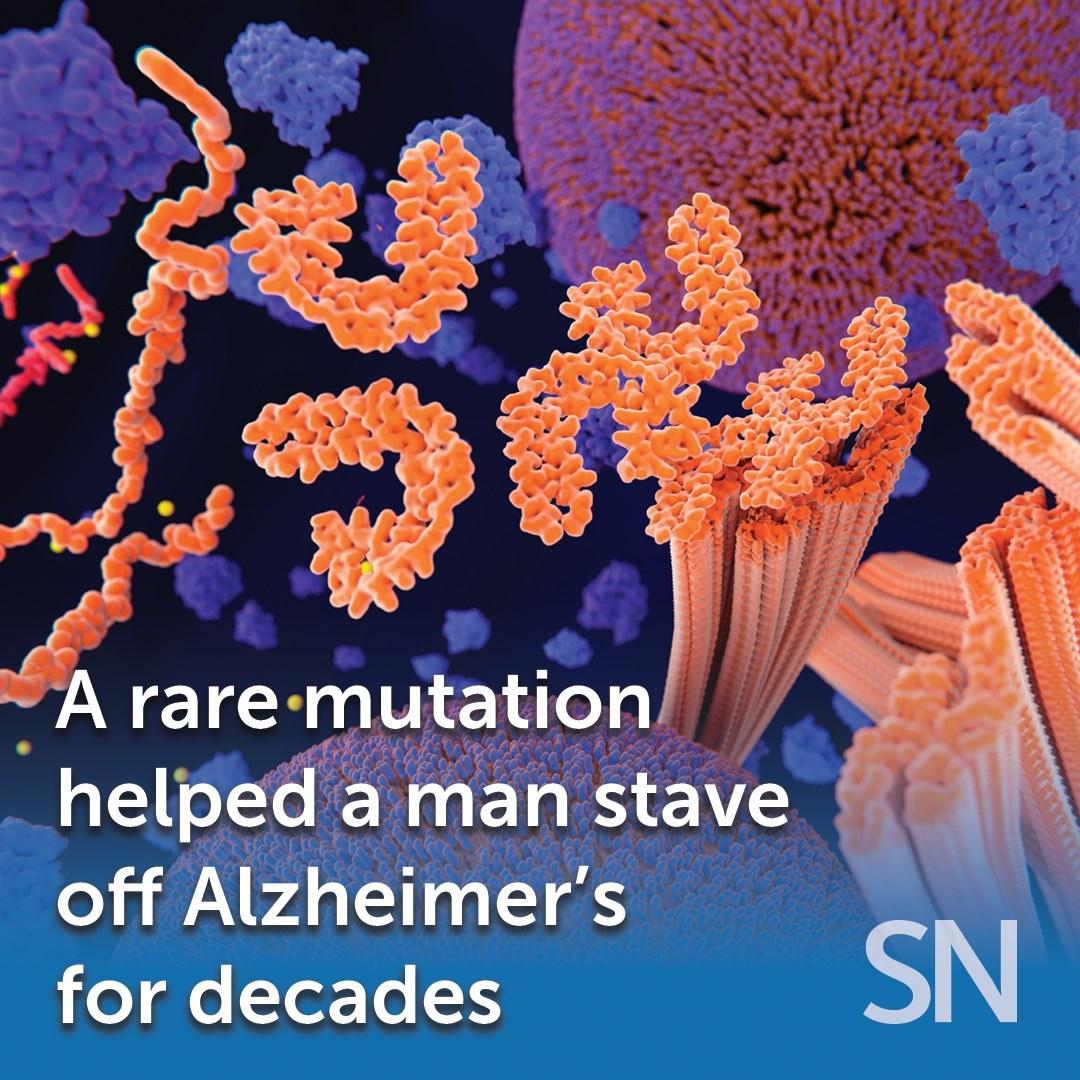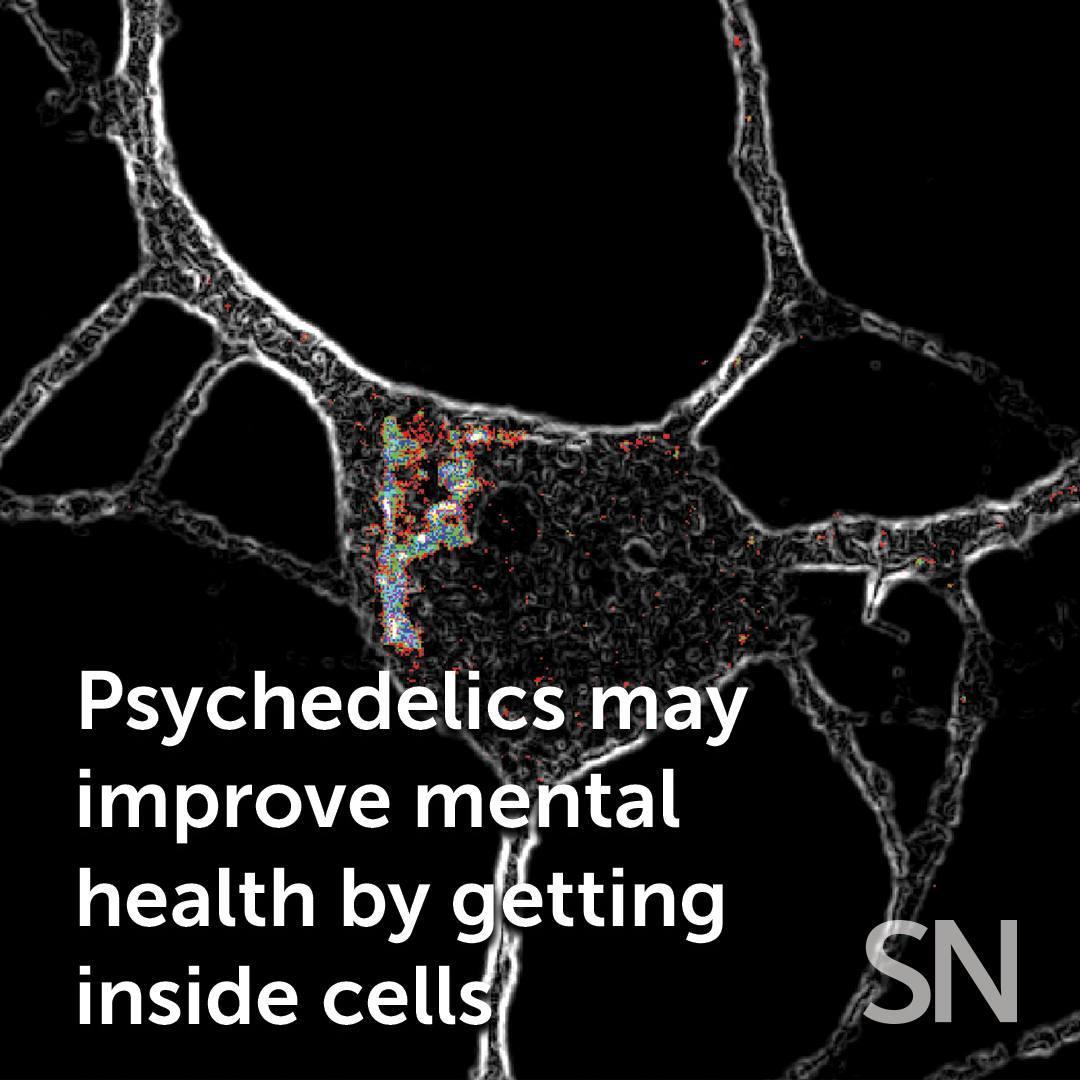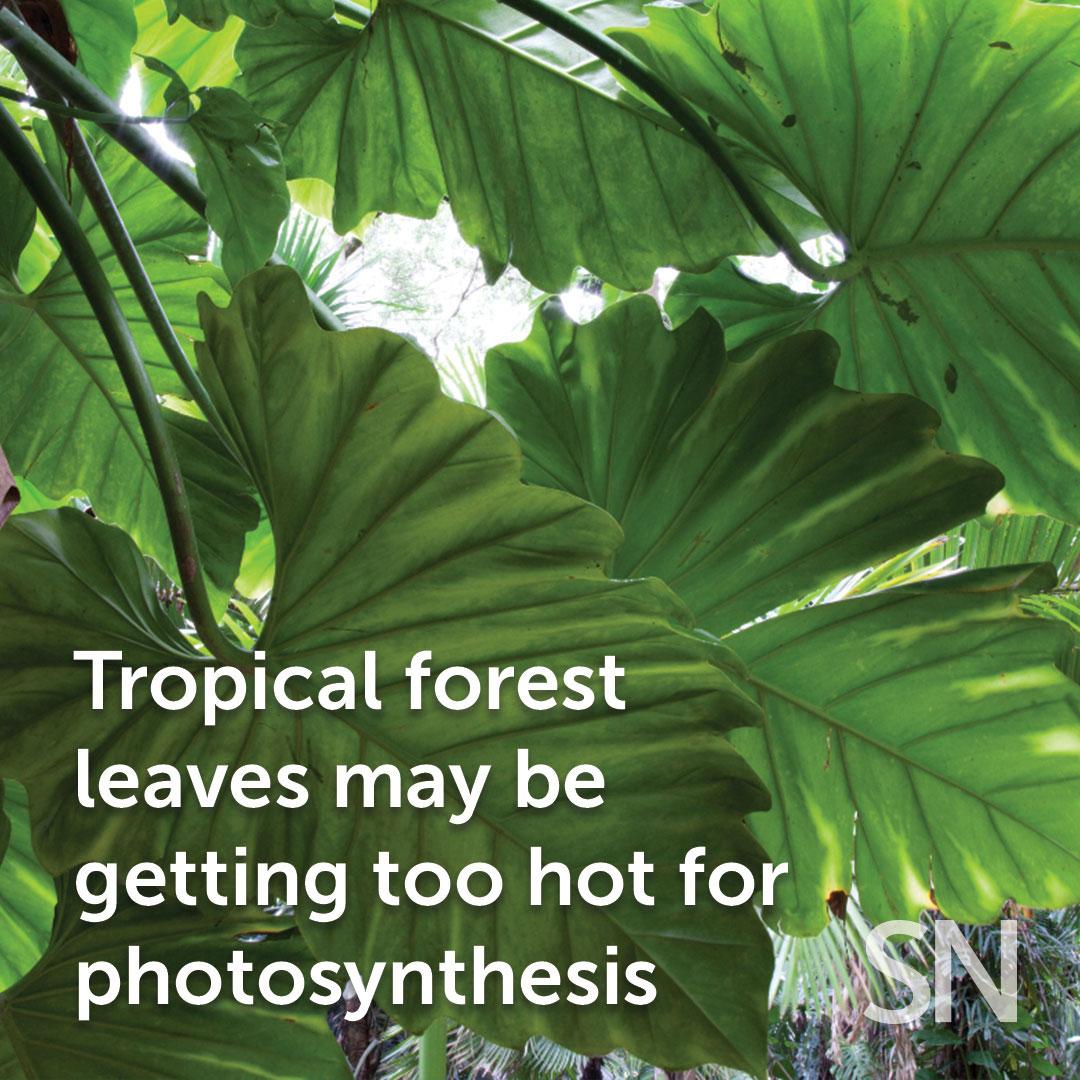Basic Magnetic Particles
$1 (USD)
Other
Shirley· New · In stock
CD Bioparticles offers unmodified magnetic particles to meet our customers’multiple needs. The magnetic functionality of magnetic particles is determined by composition, size, and shape of its magnetic core. These cores can be made from different materials and with varying sizes, shapes, uniformities, and magnetic properties. Our scientists are experts in preparing magnetic particles in various forms, including pureiron and cobalt metals, alloys such as CoPt3, FePt,FeZn, iron oxides which includes magnetite (Fe3O4) and maghemite (γ-Fe2O3). We also dope iron oxides with Mn, Fe, Co or Nito form MFe2O4 structures and enhance their magnetic properties. Basic magnetic particles can be further coated and functionalized for biotechnology and biomedical applications. In vitro, magnetic beads are widely used in diagnostic and separation of biomolecules, such as protein, cell, DNA/RNA, microorganism. In vivo, magnetic beads have been used both in therapeutic (drug delivery and hyperthermia) and diagnostic applications (magnetic resonance imaging(MRI)). https://www.cd-bioparticles.com/product/basic-magnetic-particles-list-16.html
CD Bioparticles offers unmodified magnetic particles to meet our customers’multiple needs. The magnetic functionality of magnetic particles is determined by composition, size, and shape of its magnetic core. These cores can be made from different materials and with varying sizes, shapes, uniformities, and magnetic properties. Our scientists are experts in preparing magnetic particles in various forms, including pureiron and cobalt metals, alloys such as CoPt3, FePt,FeZn, iron oxides which includes magnetite (Fe3O4) and maghemite (γ-Fe2O3). We also dope iron oxides with Mn, Fe, Co or Nito form MFe2O4 structures and enhance their magnetic properties. Basic magnetic particles can be further coated and functionalized for biotechnology and biomedical applications. In vitro, magnetic beads are widely used in diagnostic and separation of biomolecules, such as protein, cell, DNA/RNA, microorganism. In vivo, magnetic beads have been used both in therapeutic (drug delivery and hyperthermia) and diagnostic applications (magnetic resonance imaging(MRI)). https://www.cd-bioparticles.com/product/basic-magnetic-particles-list-16.html
·2025 Views


